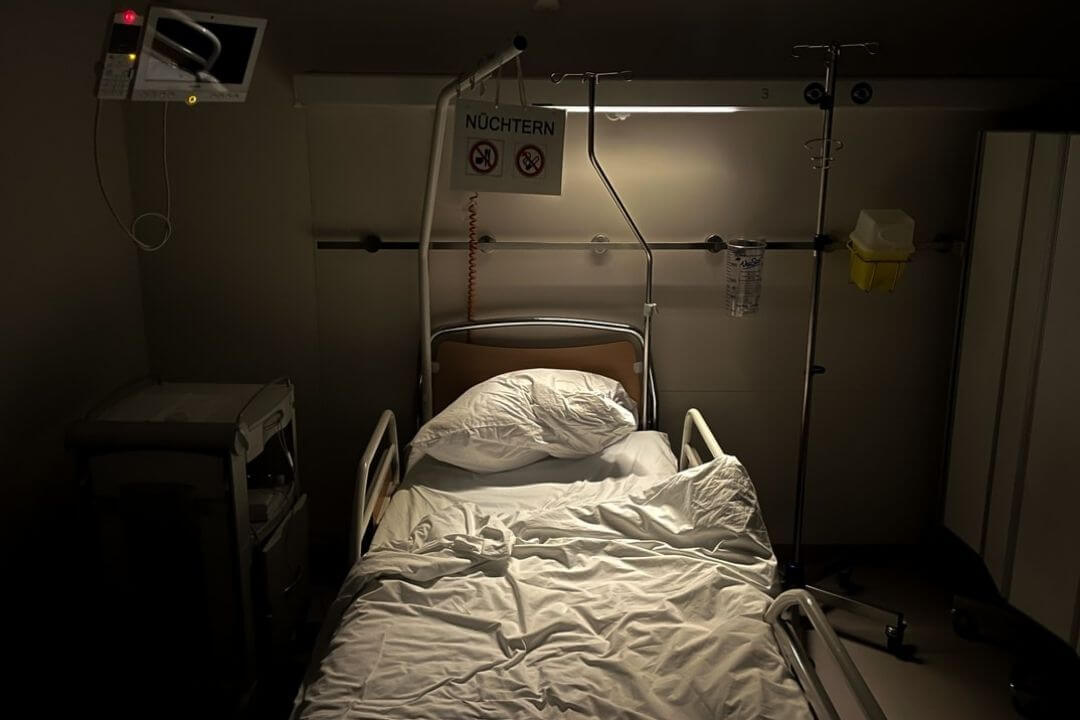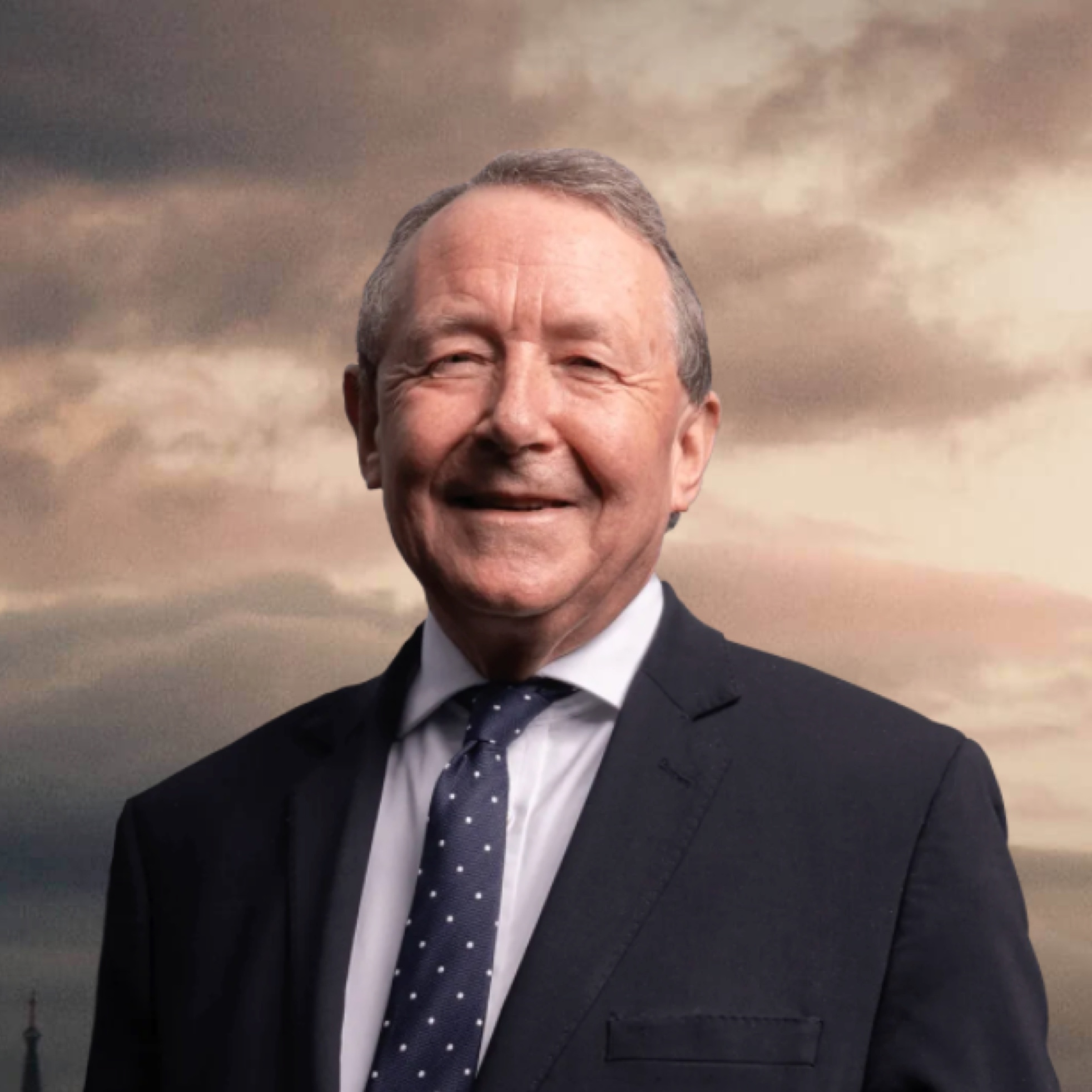Simon Caldwell is right: Assisted suicide is the opposite of death with dignity: “the myth that only a lethal cocktail of drugs or a deadly jab can deliver a beautiful and serene death is a romantic fantasy, the stuff of movies….Although some patients die relatively quickly, many do not. Some hang on for six or nine hours, sometimes days…Dr Brick Lantz, an Oregon orthopaedic surgeon and state director for the American Academy of Medical Ethics, warned British MPs and peers of the ‘brutal’ and ‘not infrequent’ failures of the drugs used in assisted suicide. ‘There was a nurse at the bedside of one [patient] who ended up putting a plastic bag over the patient because the patient wasn’t dying.”

Warning: Some of this material may be distressing
Simon Caldwell writes:
LORD Carey of Clifton, the former Archbishop of Canterbury, has popped up in the debate on assisted suicide, writing in the British Medical Journal that the practice should be legalised because there is ‘nothing holy about agony’. The timing of his intervention is deliberate: a crucial British Medical Association vote today is due on whether to drop opposition to assisted suicide in favour of neutrality, a move campaigners know will be hailed in the media as support for physician-assisted death.
Carey is peddling the myth that only a lethal cocktail of drugs or a deadly jab can deliver a beautiful and serene death. It is a romantic fantasy, the stuff of movies.
Who could forget Hilary Swank as the paralysed Maggie Fitzgerald in the 2004 film Million Dollar Baby? A single tear rolls down her face as Clint Eastwood disconnects her breathing tubes and injects her with a lethal dose of adrenaline. Sentiments of heroism and compassion rise irresistibly as she slips away. The performance won Swank an Oscar.
Disabled rights activists hated it. They said it fuelled the prejudice that the quality of life of disabled people is ‘unquestionably not worth living’. Eastwood, the director, responded that the story was a work of fiction as fantastically over the top as ‘Dirty Harry’ Callahan wreaking frontier-style justice from the barrel of a .44 Magnum. In other words, it wasn’t to be taken seriously.
In fairness, it was make-believe: deaths of this kind are seldom like that at all. They are much worse.
California legalised assisted suicide in 2015 through its End of Life Option Act, which permitted doctors to prescribe lethal drugs to terminally-ill patients with the promise that an awful death could be avoided. Just a slug of ‘medication’ and the patient keels over like Romeo in Verona.
The public was led to believe it was simple, painless and efficient. Except it isn’t, and in the autumn of 2020 Californian doctors who practised assisted suicide, fed up with dealing with distressed and agitated relatives, gathered to confront the reality of what such deaths are really like and to consider how they could improve them.
Dr Lonny Shavelson, a Berkeley doctor considered to be the leading practitioner of assisted suicide in the state, told MedicalXPress that time and again patients experienced lingering deaths.
‘After two hours, people were starting to get concerned, and restless,’ Shavelson said. ‘They wonder what’s happening. People start walking around the room, going into the kitchen. It disrupts the meditative mood. Between two and four hours – that’s not ideal. Anything over four hours we consider to be problematic. I was looking at what was happening and thinking, “This isn’t as good as it’s been hyped up to be”.’
‘The public think that you take a pill and you’re done,’ said Dr Gary Pasternak, chief medical officer of Mission Hospice in San Mateo. ‘But it’s more complicated than that.’
Although some patients die relatively quickly, many do not. Some hang on for six or nine hours, sometimes days.
In 2019 a patient in Oregon took 47 hours to die from a lethal cocktail and previously another man, a lung cancer sufferer named David Pruitt, ingested his entire prescription of lethal drugs and woke up after 65 hours. ‘What the hell happened?’ he asked. ‘Why am I not dead?’ He declined to attempt suicide again and died naturally a fortnight later. Another patient is known to have taken four days and eight hours to expire. These few cases have come to light in what remains a highly secretive practice.
Yet the truth has an uncanny knack of finding its way to the surface. When it does, it is often horrifying. Only last week, for instance, Dr Brick Lantz, an Oregon orthopaedic surgeon and state director for the American Academy of Medical Ethics, warned British MPs and peers of the ‘brutal’ and ‘not infrequent’ failures of the drugs used in assisted suicide. ‘There was a nurse at the bedside of one [patient] who ended up putting a plastic bag over the patient because the patient wasn’t dying,’ he told Parliament via Zoom.
There are other problems. Record-keeping of assisted suicide deaths in Oregon is practically non-existent yet it has been established that scores of patients have experienced complications such as seizures or regurgitating some of the lethal dose.
A similar pattern has emerged in neighbouring Washington State, where a third of assisted suicides endured lingering deaths, while dozens of others suffered often unspecified ‘complications’. Many end up dying from asphyxia.
It’s the same for continental Europe. Earlier this year, pharmacist Dr Bernadette Flood wrote to the British Medical Journal after she reviewed literature about complications with doctor-assisted dying in the Netherlands in particular.
‘A number of medicines used in assisted suicide and/or euthanasia were previously used in executions,’ she wrote. ‘The use of medicines during executions has been described as “inhumane” with reports of people feeling “burning” sensations throughout their bodies prior to death.’
She concluded: ‘The process of assisted suicide and/or euthanasia cannot guarantee a peaceful, pain-free, dignified death.’
Dr Flood was wise to call into question the effects of the lethal drugs or lethal cocktails of drugs used to put people to death in recent years.
In Baroness Meacher’s Assisted Dying Bill, which is due to receive its Second Reading in the House of Lords next month, such drugs are referred to as ‘medicine’ or ‘medicines’ used to bring about an assisted death. What they precisely would consist of is yet to be determined since worldwide there is no single agreed drug, drug combination or method for ending the life of any human. The Bill does not even attempt to specify what drugs will be used. It simply asks Parliament to sign a blank cheque with the promise that such specifics will be decided later by the Secretary of State for Health.
How Sajid Javid will conclude which drugs to authorise is a mystery since no method of lethal drug use has been tested in a formal or observational study. There is no evidence base for their use.
In fact, the general view of the efficacy of orally-administered drugs for the purpose of killing is so low among many scientists that veterinary practice avoids it, not daring to recommend it as a means to kill a sick dog.
According to Claud Regnard, a retired consultant in palliative care who runs the Keep Assisted Dying Out of Healthcare website, Oregon used one of two oral barbiturates to produce unconsciousness and death until 2016, then switched to oral drug combinations, which were often experimental. A mixture of four different classes of drug is frequently used, but these combinations have longer median times to death than the barbiturates which are no longer readily available.
‘The reasons for the change are not explained in the official reports but are likely to be a combination of drug cost and availability,’ says Dr Regnard. ‘The extent to which previous drugs were effective is not known since there have been no controlled trials and few observational studies.’
Yet using drugs mixtures makes adverse events and failures more likely, he continues. ‘Oregon’s uncontrolled experiment with multiple drug mixtures should act as a warning.’
There is little chance of that. Such facts are treated as dirty secrets by the advocates of assisted suicide both in the UK and overseas because they lay bare the myth that such deaths are somehow a humane and dignified alternative to good palliative care.
Campaigners consistently try to terrify Parliament, the public and the media into accepting assisted suicide as the only solution to a horrible death, telling them through their official literature that if the law is not changed patients will ‘retch at the stench of their own body rotting . . . vomit their own faeces . . . suffocate, slowly, inexorably, over several days’ and so on. They speak poetically of the ‘help’ doctors can give with ‘life-ending medication’ to people who are ‘suffering unbearably’ from terminal illnesses. It really is another case of Project Fear, a shameful exercise in manipulating public opinion.
In the face of such campaigning, it is easy to understand how a majority of people express sympathy for assisted suicide in opinion polls. However a Survation poll taken in July and due to be published today found that at least 78 per cent of respondents expressed deep concern about assisted suicide becoming law if such deaths involved ‘patients sometimes taking up to 30 hours to die, with vomiting, regaining of consciousness, asphyxia and seizures’ among the complications. Suddenly, when apprised of the facts instead of aggressive propaganda, it is discovered that an overwhelming majority are opposed to it.
The real alternative to either assisted suicide or a bad natural death is, of course, good palliative care. In this, Britain is a world leader but much more investment is needed to maintain, improve and police universally high standards so that no patient dies in the way that Dignity in Dying and its acolytes say they will. At present, there are still far too many dismal failures to provide care to the standard every patient deserves. The Government and the National Health Service need to acknowledge this and act to correct the deficiency.
It must also be recognised that good palliative care can never accommodate or complement assisted suicide but stands in diametric opposition to the practice. They cannot harmoniously coexist, and in those jurisdictions in which assisted suicide or euthanasia have been legalised there is abounding evidence of palliative care systems being run down and dangerously undermined.
In Canada hospices are defunded, for instance, while in the United States some health insurers will pay for assisted suicide but not for prolonged care until a natural death. Oncologists in Belgium and Canada have reported nurses and social workers quitting palliative care units as they see them turned into ‘houses of euthanasia’ and the focus of their work shifts radically from caring for their patients to preparing them for a doctor-assisted death.
With the prospect of good palliative care inevitably receding in such circumstances, surely real patient choice will eventually disappear too. When that happens, many people may find they are left choosing between either a deadly cocktail and an uncertain death or the tragedy of a natural death unsupported by good care.
This is no choice at all, and pressure for active and direct euthanasia, using drugs usually reserved for Death Row prisoners, will inevitably follow.
The people who advocate assisted suicide may end up with their Hollywood death. But it will not be of the dreamy romantic kind that made Clint Eastwood look cool and Hilary Swank tragically beautiful. It will be more in the horror genre, in which evil triumphs, fear reigns, people die horribly and everyone is a loser.


